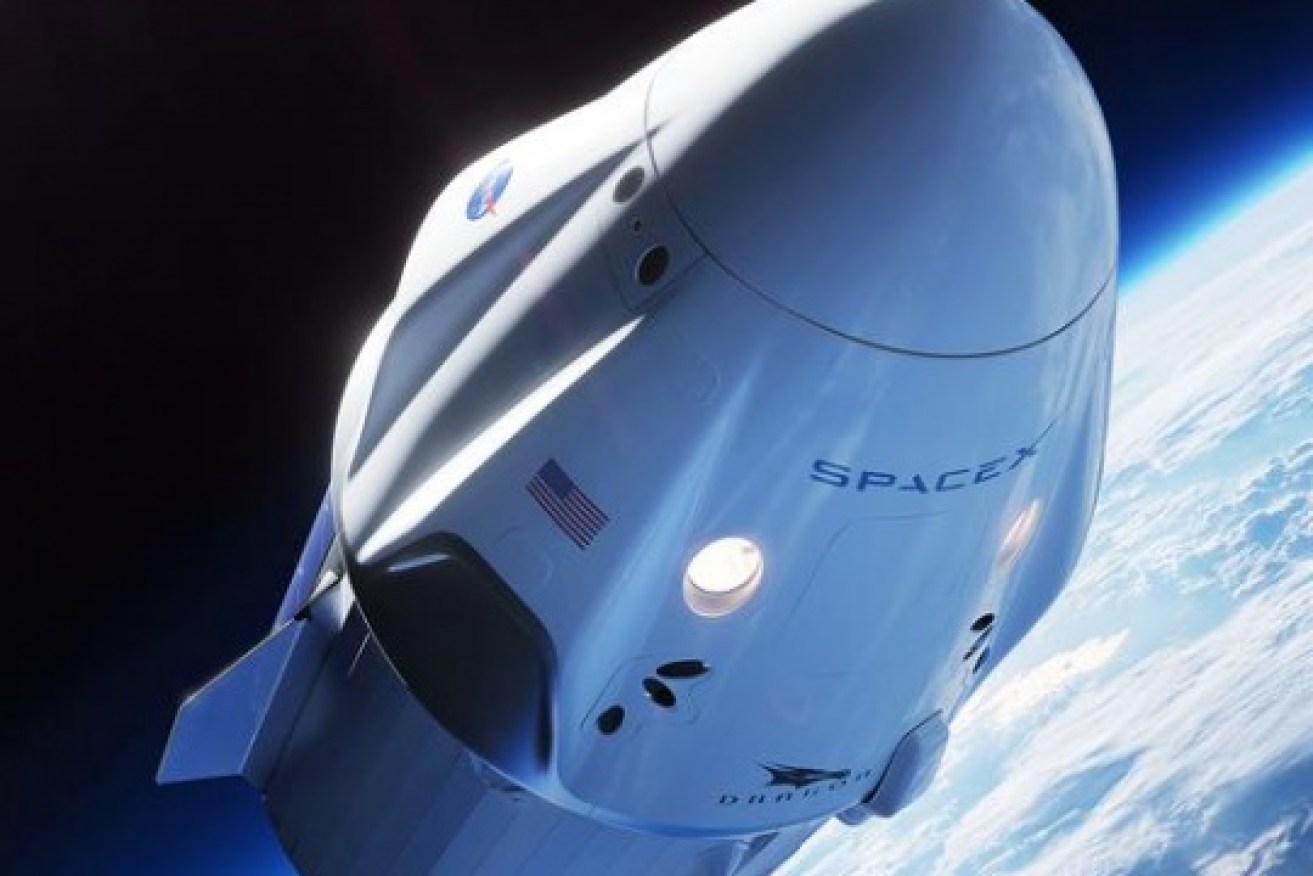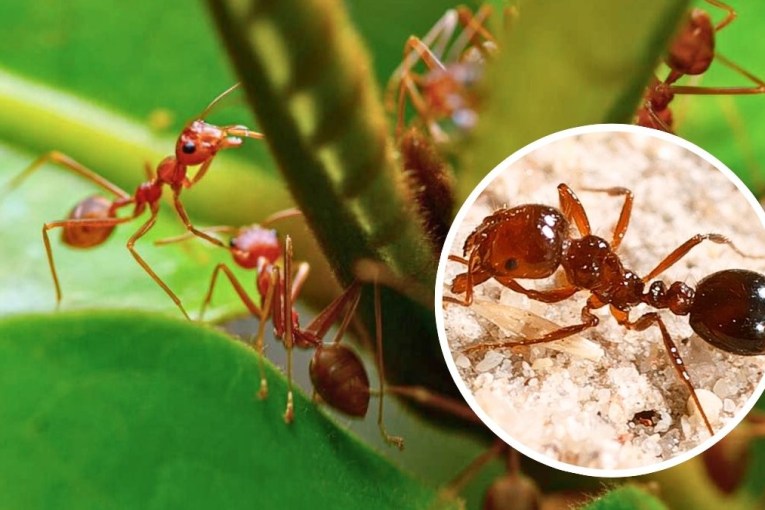Kepler 452b, discovered in 2015, lies in the middle of a newly identified “abiogenesis zone” where the right conditions exist for life to be spawned by starlight and chemistry.
The planet, which has a radius 1.5 times that of Earth, also orbits inside the “habitable” or “Goldilocks” zone, with temperatures not too hot and not too cold to permit liquid surface water.
Professor Brown said finding Earth-sized planets in the Goldilocks zone would be a huge part of NASA’s science in the next decade or two.
Cambridge University’s Cavendish Laboratory lead scientist Dr Paul Rimmer said this work allowed researchers to narrow down the best places to search for life.
“It brings us just a little bit closer to addressing the question of whether we are alone in the universe,” Dr Rimmer said.












